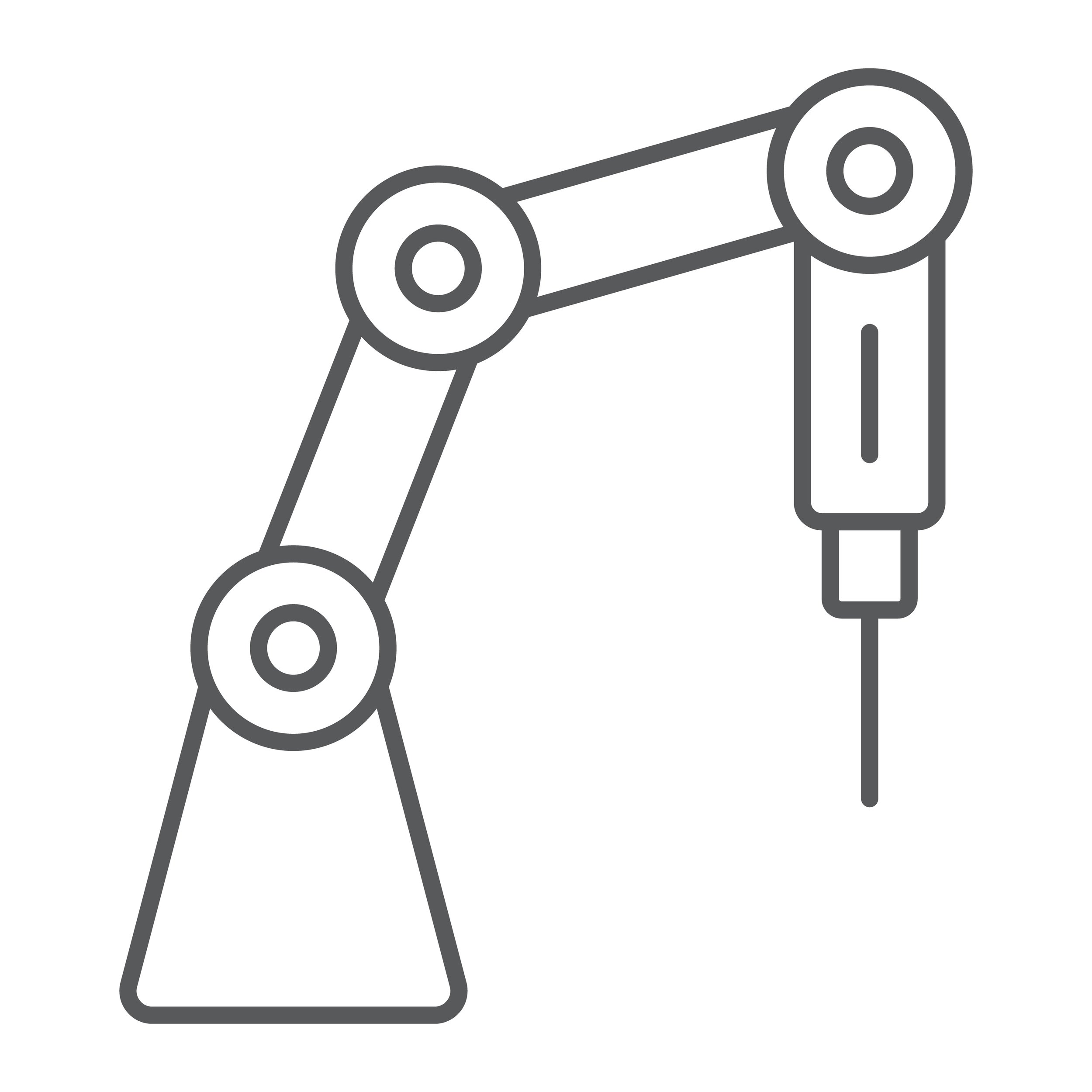ureteric reconstruction
What is involved in the ureteric reconstruction procedure?
Ureteric stricture disease involves the narrowing or blockage of the ureter, hindering the normal flow of urine from the kidneys to the bladder. Caused by factors such as inflammation, trauma, or tumors, this condition manifests with symptoms like flank pain and urinary tract infections. Timely diagnosis is crucial to prevent complications and preserve kidney health, with various diagnostic tests aiding in determining the severity and location of the stricture.
Reconstructive options for ureteric strictures, influenced by factors like location and length, include pyeloplasty for ureteropelvic junction (UPJ) strictures, uretero-ureterostomy (UU) for localized cases, and ureteric re-implantation for bypassing strictures. Boari flap addresses lower ureter complexities, while graft procedures like buccal mucosa and appendix onlay grafts aid in extensive damage cases. These interventions aim to restore normal urine flow, alleviate symptoms, and preserve kidney function, with the choice determined through a comprehensive evaluation of individual conditions.
The Boari flap
Named after Gustavo Boari, reconstructs ureters after bladder surgery. This technique creates a bladder tissue flap to restore ureteral continuity.
ureteric reconstruction main points
Key Points:
Repairing a narrowed ureter to enhance urine flow from kidney to bladder.
Typically, a drainage tube and ureteric stent aid the repair.
Drain removal within two to three days, stent after six weeks.
A 12-week radio-isotope scan assesses kidney drainage; improvement is common.
Some cases may still show narrowing or blockage post-scan.
A subset may require additional surgery if narrowing persists after extended stenting.
The majority of procedures can be performed using a robotic platform, though some are conducted through open surgery.
surgery
What occurs on the day of the procedure?
A/Prof Homi Zargar will discuss the surgery once again to ensure your understanding and obtain your consent. An anaesthetist will meet with you to explore the options of a general or spinal anaesthetic and discuss post-procedure pain relief.
Details of the procedure:
Procedure typically performed under general anaesthesia (patient asleep).
Epidural or spinal anaesthesia may be used for post-procedure pain reduction.
Antibiotics administered intravenously after a thorough allergy check.
In the abdomen, five or six keyhole incisions are made, through which robotic instruments are inserted.
The abdominal cavity is inflated with carbon dioxide gas to establish a working space for the surgical procedure.
For open cases, a lower abdominal incision is made, slightly towards the side of the narrowed ureter.
Various techniques utilized for repair, including:
Removing the narrow area and re-joining the ends (UU).
Re-implanting the ureter into the bladder.
Implanting the ureter in a bladder flap rolled into a tube.
Incising and repairing the ureter using buccal mucosa and appendix onlay grafts.
Replacing the entire ureter with a bowel segment (procedure choice discussed pre-op).
A stent is inserted inside the ureter across the reconstruction to aid healing.
The drain is placed close to the surgical area and is typically removed after two to three days.
Bladder catheter inserted through the urethra for healing, usually removed after two to three weeks.
Incision closed with absorbable sutures.
After-Effects and Risks of the Procedure:
Shoulder tip pain from diaphragm irritation due to carbon dioxide gas - Almost all patients.
Temporary abdominal bloating (gaseous distension) - Almost all patients.
Common need for a further procedure to remove the ureter stent, usually under local anaesthesia.
Incidence of bleeding, infection, pain, or hernia in one or more port sites, requiring additional treatment - Between 1 in 10 & 1 in 50 patients.
Continuing pain, despite improved postoperative scans indicating enhanced kidney drainage - Between 1 in 10 & 1 in 50 patients.
Risk of recurrent narrowing or scarring necessitating further surgery - Between 1 in 10 & 1 in 50 patients.
Recurrent urine infection necessitating long-term antibiotics - Between 1 in 2 & 1 in 10 patients.
Gradual decrease in kidney function over time - Between 1 in 2 & 1 in 10 patients.
Chronic pelvis or lower abdomen pain - Between 1 in 10 & 1 in 20 patients.
Failure to establish good drainage requiring repeat surgery - Between 1 in 10 & 1 in 50 patients.
Blood loss necessitating transfusion or further surgery - Between 1 in 10 & 1 in 50 patients.
Temporary or long-term blood acidity tendency, requiring corrective medicines (if bowel used for reconstruction) - Between 1 in 10 & 1 in 50 patients.
Diarrhea, vitamin deficiency, or constipation due to shortened bowel (if bowel used for reconstruction) - Between 1 in 10 & 1 in 50 patients.
Bowel scarring necessitating further surgery - Between 1 in 10 & 1 in 50 patients.
Bleeding requiring conversion to open surgery or blood transfusion - Between 1 in 50 & 1 in 250 patients.
Recognized or unrecognized injury to nearby structures, like blood vessels or organs, requiring extensive surgery - Between 1 in 50 & 1 in 250 patients.
Potential anaesthetic or cardiovascular problems, possibly requiring intensive care - Between 1 in 50 & 1 in 250 patients.
Risk of later kidney removal due to damage caused by recurrent blockage - Between 1 in 50 & 1 in 250 patients.
Tumor formation in the bowel (if bowel used for reconstruction) - Between 1 in 50 & 1 in 250 patients.




